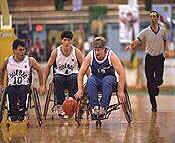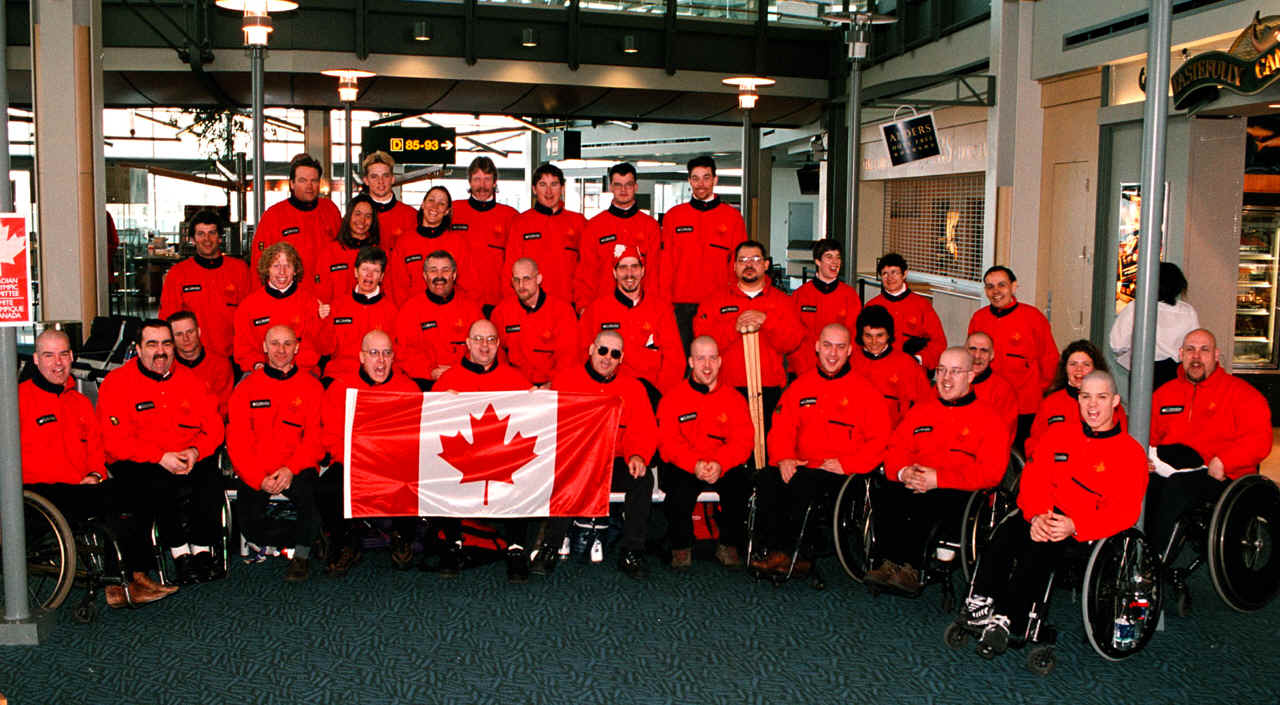Factors Influencing Learning
 A
wide array of factors have the potential to influence the learning of a
new skill. Of paramount importance, however is the individual.
Each person is unique in how they acquire skills, and will be affected
by learning factors in an individual manner. Factors affecting learning
can be separated into two major categories: (1) Practice Variables and
(2) Individual Variables.
A
wide array of factors have the potential to influence the learning of a
new skill. Of paramount importance, however is the individual.
Each person is unique in how they acquire skills, and will be affected
by learning factors in an individual manner. Factors affecting learning
can be separated into two major categories: (1) Practice Variables and
(2) Individual Variables.
Practice
Variables
Practice
variables include skill presentation techniques, environment, equipment,
forms of rehearsal, blocked or random practice, and type of feedback given
(Schmidt & Wrisberg, 2000). The absence or presence of any of
these variables can have a profound effect on learning. As well,
individuals may learn better using one technique versus a different technique.
Skill
Presentation Techniques
Instructions
are
useful for explaining to the learner what they might expect from the movement.
Instructions are helpful in building the foundations for a skill.
A problem with instructions is that they often don't describe the more
subtle aspects of the movement
Demonstrations
are used in conjunction with instructions to further solidify skill foundations.
Modeling, may help the learner observe movements that cannot be described
verbally. Demonstrations can sometimes provide too much information
for the beginner learner to process.
Guidance
techniques can range from procedures in which only slight assistance
is offered to more restrictive forms. Guidance is only effective
for performance when it is augmented by regular practice, otherwise it
is ineffective at supporting learning changes.
Environment
Factors such as
location, distractions, surface and weather can change the learning experience.
Environmental factors can also include the number of people in a group
learning the same skill. It is also important to determine if learning
which occurs is one setting is transferable to another.
Equipment
Equipment considerations
include size and weight of the basketball, height of the hoop, and wheelchair
modifications and/or differences.
Forms of Rehearsal
Physical rehearsal
is essential for learning to occur. Different forms include simulator
practice, part practice and slow-motion practice. Depending on which
technique is used, the learning outcome may vary.
Mental rehearsal
is questionable as to whether or not it results in learning. Recent
studies suggest that mental practice does lead to some learning improvements,
as is in fact better than no rehearsal (Zelaznik, 1996).
Type
of Practice
Blocked
practice entails individuals practicing a sequence repetitively.
This leads to performance improvements, but not necessarily learning improvements.
Random
practice is more effective than blocked practice at facilitating learning.
Type of Feedback
Feedback is fundamental
to skill acquisition. Feedback needs to tell the learner information
about the movement production and the desired outcome. Motivating
feedback is more successful at facilitating learning processes.
Individual
Variables
Learner characteristics
are significant factors influencing skill acquisition. People come
in all shapes and sizes, from different cultures and backgrounds, and may
or may not have a physical/mental disability or possess a wide variety
of capabilities. It is factors like these that can contribute to
differences in people's movement and ultimately learning a new skill.
Everyone has a certain ability level, which is generally thought to be
genetically predetermined, that is the basis for skill development.
Additionally, individual capabilities will influence their capacity for
learning a new skill. Below is a list of factors contributing differences
in people's learning patterns:
Motivational levels
Attitudes
Body Type
Cultural Background
Fitness level
Learning style - visual,
verbal, kinesthetic
Previous experience -
with the skill, socially
Genetics
Fatigue and level of arousal
Attention, information-processing
capability and memory
Age
Stage of learning
Further considerations
specific to wheel-chair athletes include:
Level of residual
function is determined by the site of the lesion (lower lesions = greater
muscle control), the severity of the injury (complete vs. incomplete),
and physical and cognitive abilities.
The age at the onset
of
paraplegia affects the level of existing motor skill. Generally,
the greater the age of the individual prior to the onset of their condition
the greater the advantage they have in relation to their previous sports
experience and development of basic motor skills.
Wheelchair athletes
are more likely to have balance related and biomechanical efficiency
difficulties than able-bodied athletes.
As a movement practitioner,
there are many factors to be considered when teaching an individual a new
skill. Before beginning any type of program it is essential to get
to know your learner and the movement you will be teaching them.
By doing so, the movement practitioner facilities a learner-oriented environment
designed to maximize learning outcomes.
Home |Paraplegia|
Shooting | Evaluation
of Learning
Factors Influencing
Learning| Shooting Practice Session
Neural Factors
& Motor Learning|
Related Links|
References
 A
wide array of factors have the potential to influence the learning of a
new skill. Of paramount importance, however is the individual.
Each person is unique in how they acquire skills, and will be affected
by learning factors in an individual manner. Factors affecting learning
can be separated into two major categories: (1) Practice Variables and
(2) Individual Variables.
A
wide array of factors have the potential to influence the learning of a
new skill. Of paramount importance, however is the individual.
Each person is unique in how they acquire skills, and will be affected
by learning factors in an individual manner. Factors affecting learning
can be separated into two major categories: (1) Practice Variables and
(2) Individual Variables.
